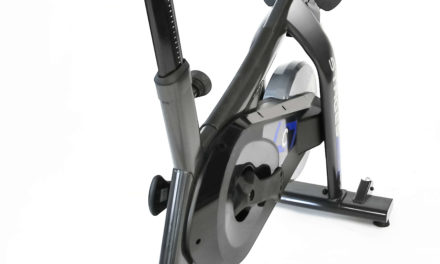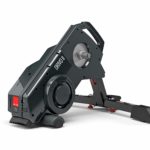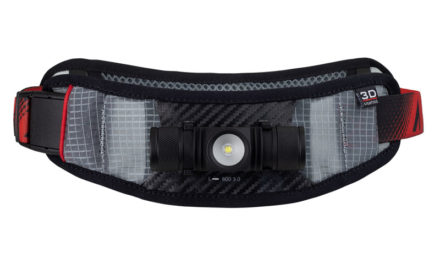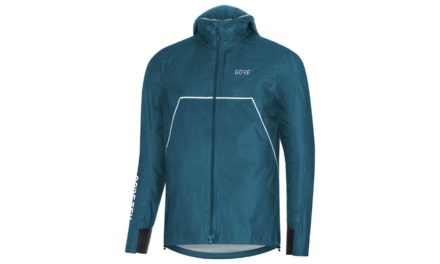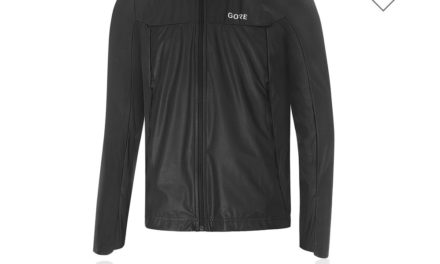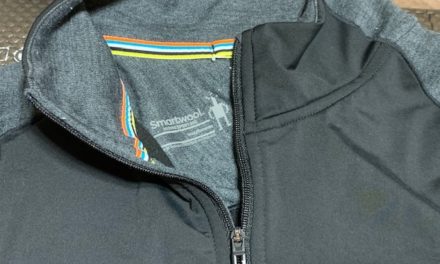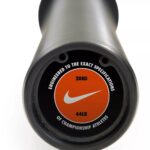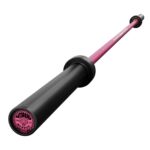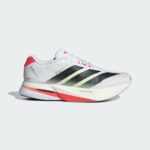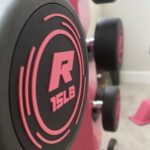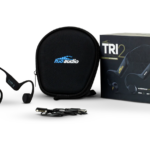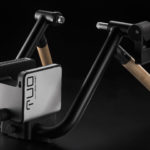
Suunto Race Review: A Runner’s Companion with AMOLED Precision
The Suunto Race is Suunto’s latest entry into the world of premium running and multisport watches, aiming to deliver an elite experience for endurance athletes, runners, and adventurers. This device integrates Suunto’s hallmark durability with cutting-edge AMOLED display technology and advanced training metrics.
With a heritage of creating rugged outdoor devices, Suunto takes a leap into modernity by offering vibrant visuals and competitive features, designed to rival other market leaders like Garmin and COROS. Let’s explore the intricacies of the Suunto Race, its functionality, and how it stacks up against the competition.
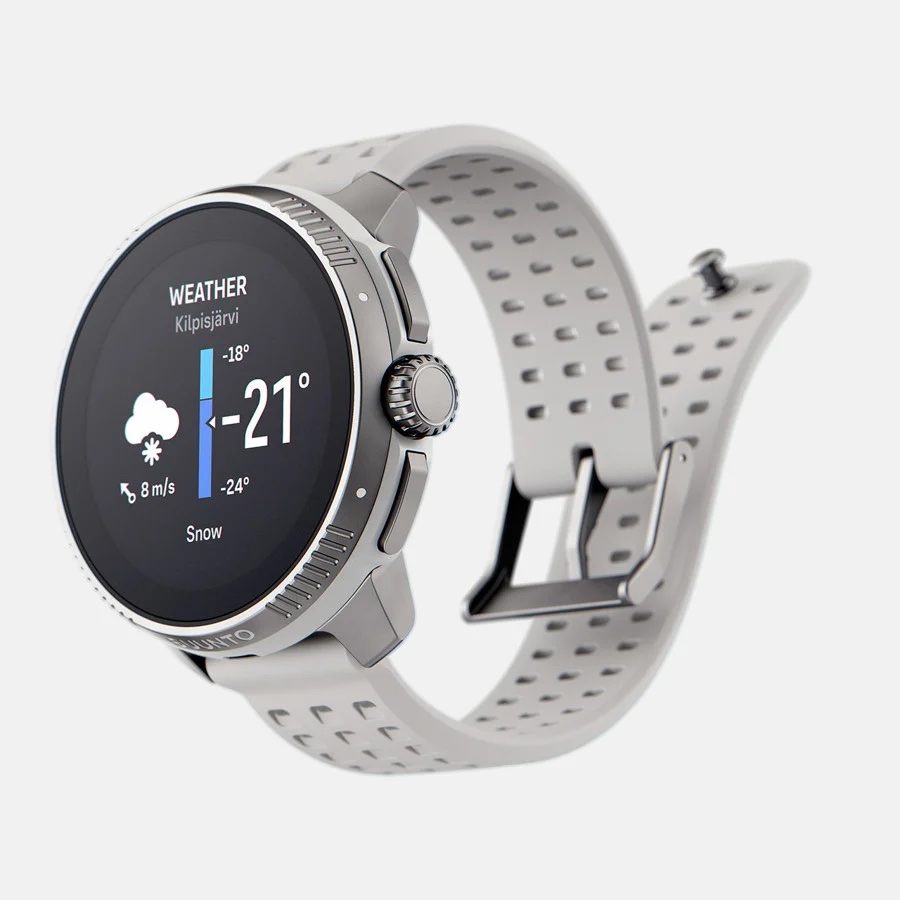
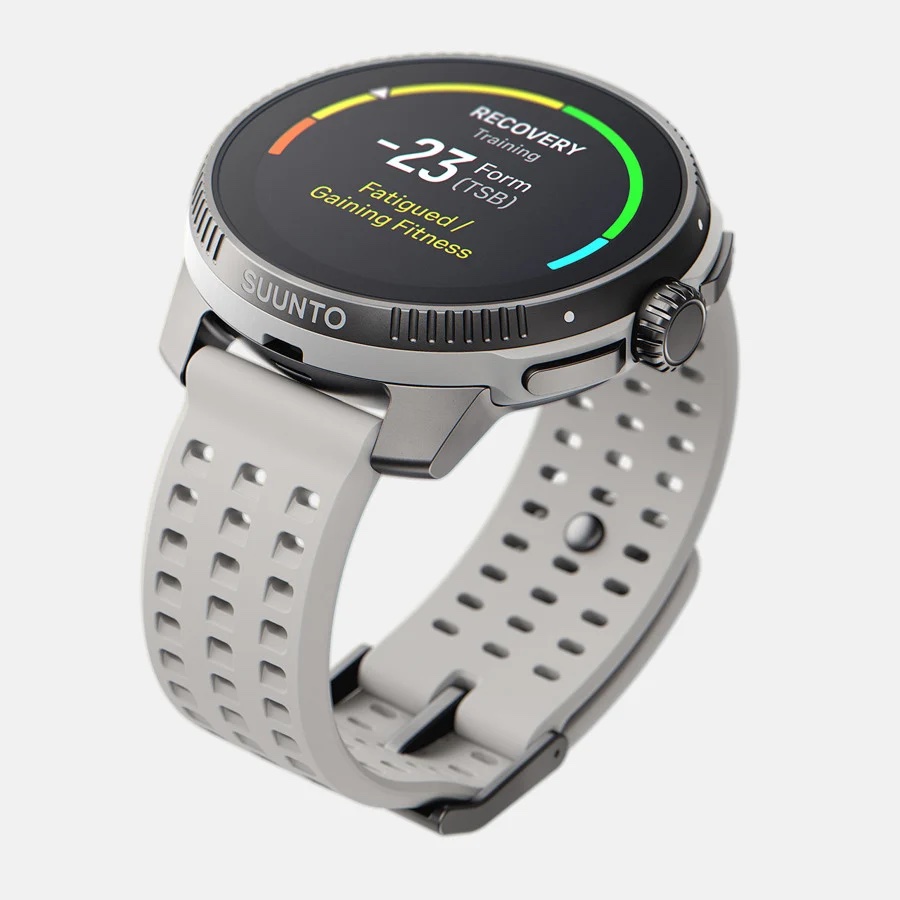
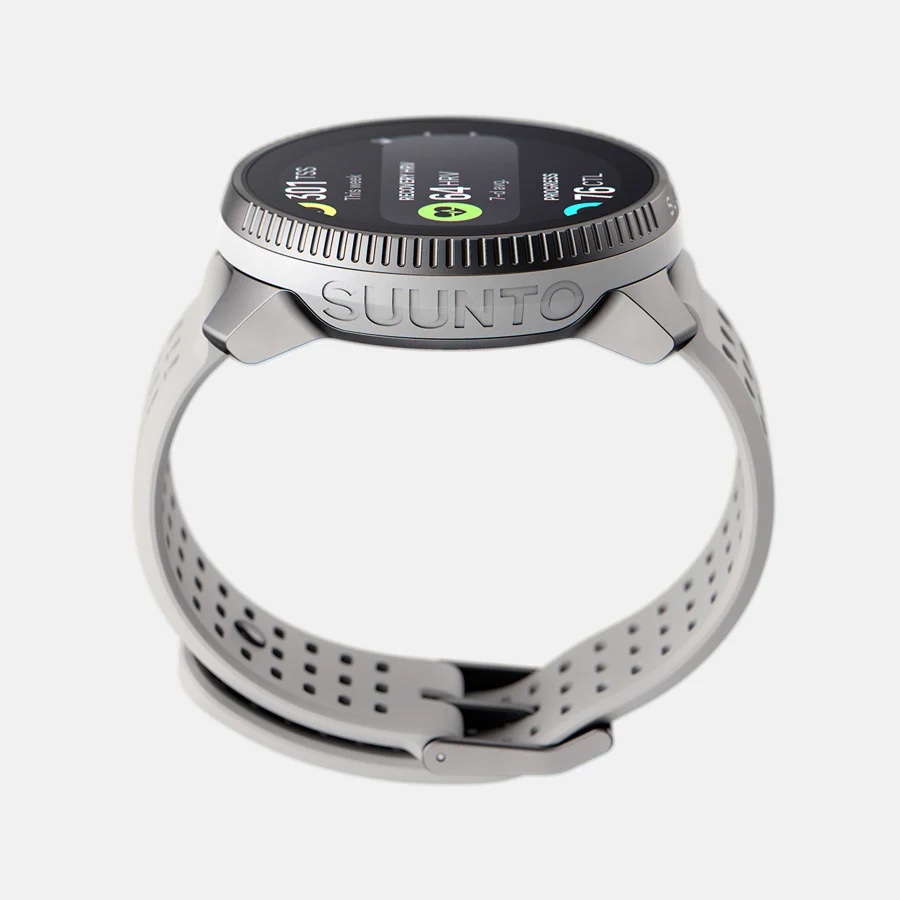
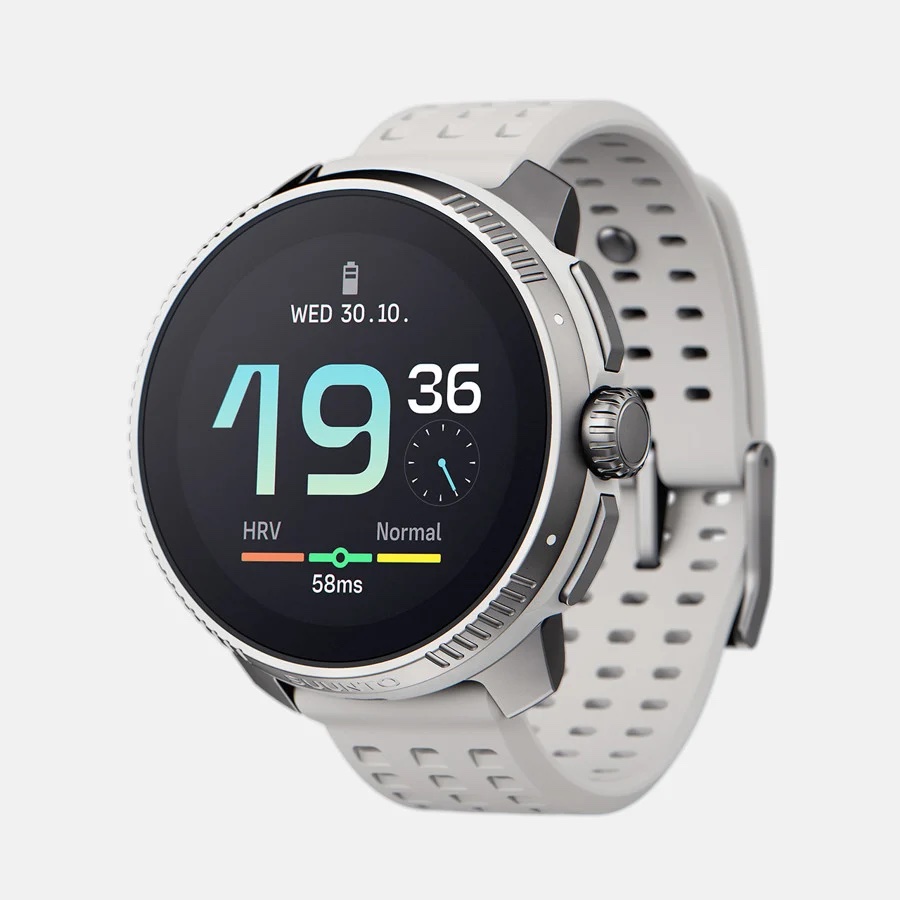
Running Event
I had the pleasure of meeting the Suunto team at The Running Event in Austin, Texas, where they showcased their latest innovations in endurance gear. Their booth stood out with its sleek display of the Suunto Race, and I was immediately drawn to the vibrant AMOLED screen and rugged design of the watch. After a detailed discussion with their product specialists about its features, they offered me a review copy to test firsthand. It was an incredible opportunity to experience the watch in action and see how it performs under the rigors of real-world training and racing. The team’s passion for precision and durability was evident, making me even more eager to put the Suunto Race through its paces.

Suunto Race Unboxing
Unboxing the Suunto Race was supposed to be a meticulous, photo-worthy event—one of those unboxings where I’d savor every detail, admire the layout, and maybe even document the whole thing. But nope, that plan went out the window the second I saw the watch. Inside the sleek, white box with its fancy indented Suunto logo (which I vaguely remember thinking, “Ooh, nice touch!”), I found the essentials: the user manual, magnetic charging cable, the watch body, and the straps. At least, I think they were in there— I tore through it all so fast, you’d think I was opening a birthday present as a kid. The straps probably never even saw the light of day before I had the watch on my wrist, admiring how good it looked. By the time I came up for air, I’d lost all ability to remember how it was originally arranged, but hey, the box looked great while it lasted!
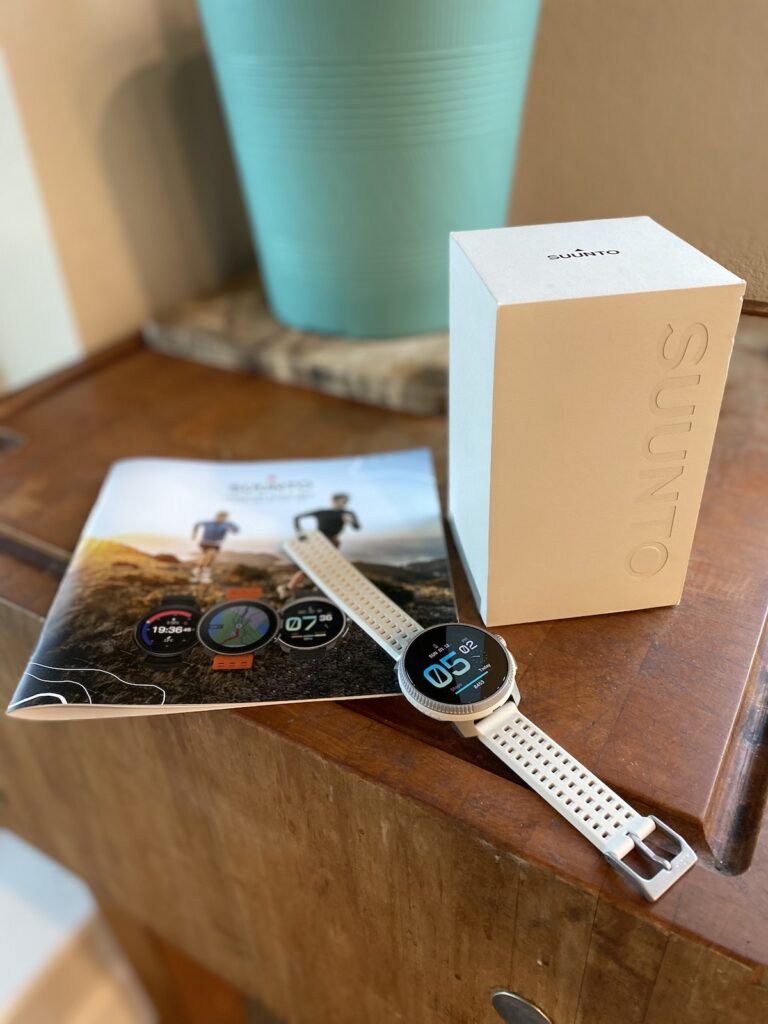
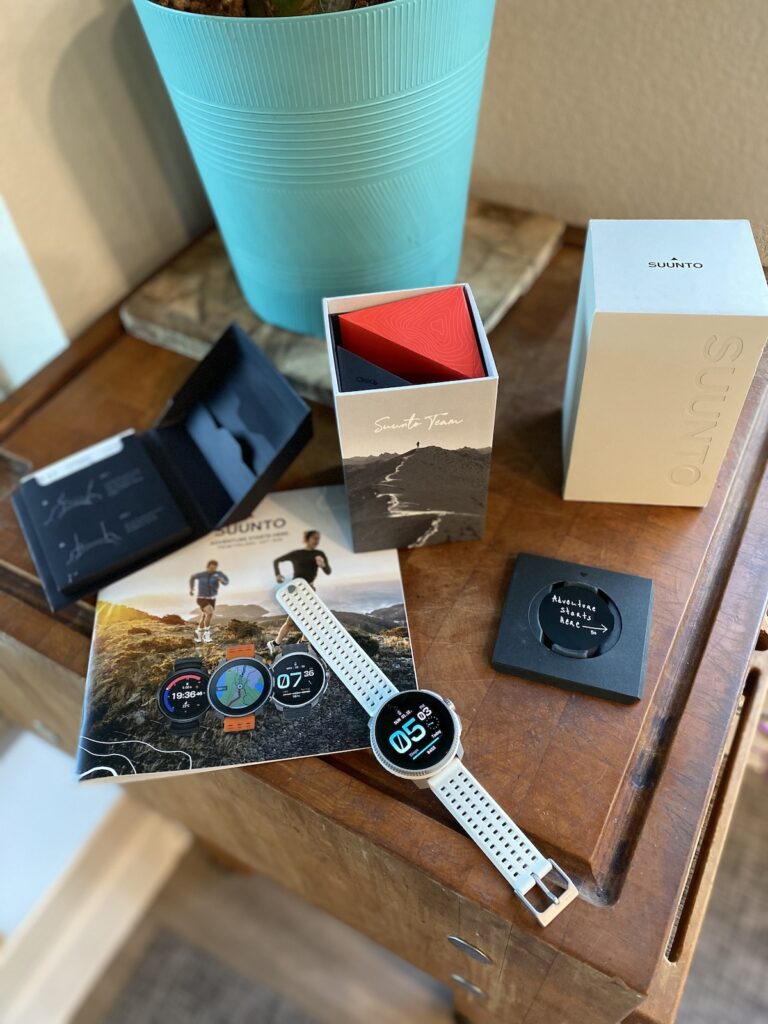
Design and Build Quality
The Suunto Race is a testament to Suunto’s focus on craftsmanship. The device comes in two variants: the Stainless Steel model, weighing 84 grams, and the Titanium model, slightly lighter at 66 grams.
When I first strapped on the Suunto Race, I couldn’t help but notice its weight. At 84 grams for the Stainless Steel version and 66 grams for the Titanium variant, it felt significantly heavier compared to other running watches I’ve owned, like the Garmin Forerunner series or the lighter COROS Pace models. Initially, I was concerned this added weight might become a distraction during longer runs or intense training sessions. However, after a few weeks of wearing it consistently, the weight began to feel natural. The solid construction and premium materials now feel like a testament to its durability, and I barely notice the difference. In fact, the weight has grown on me, reinforcing the sense of reliability and toughness the Suunto Race exudes.
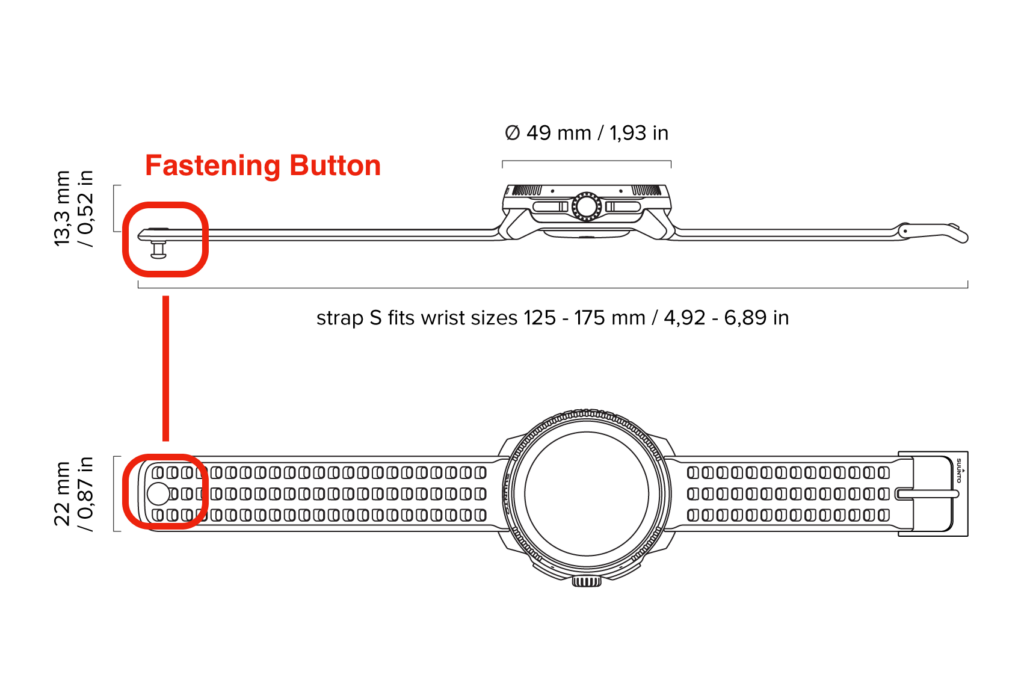
One of the standout features of the Suunto Race is its innovative strap design, which ditches the traditional rubber loop for a stainless steel button attachment. This clever mechanism not only looks sleek but also feels incredibly secure during use. The button system snaps the strap into place with a satisfying click, ensuring it stays put even during the most intense workouts or long-distance runs. It’s a small but significant departure from the usual strap setup, and I have to admit, it adds a certain elegance to the watch. Plus, no more fiddling with trying to loop a strap through a tiny rubber keeper while you’re in a hurry—it’s quick, effective, and refreshingly modern. It’s the kind of feature that makes you wonder why all straps aren’t designed this way!
Durable Yet Stylish
- Bezel Material: The Stainless Steel version offers durability at a more accessible price point, while the Titanium variant elevates the ruggedness, catering to athletes who demand more from their gear.
- Glass: Both variants feature sapphire crystal glass, ensuring scratch resistance and a premium aesthetic.
- Water Resistance: Rated up to 100 meters, the watch is ready for swimming, triathlons, and intense outdoor use.
Display: AMOLED Brilliance
A 1.43-inch AMOLED screen takes center stage, boasting a resolution of 466 x 466 pixels. The brightness peaks at 1,000 nits, making it one of the most vibrant and easy-to-read screens in the outdoor wearables category.
- Color Contrast: AMOLED technology provides deep blacks and vibrant colors, enhancing map readability and UI visibility.
- Touch Sensitivity: The touch interface complements Suunto’s signature physical buttons, ensuring ease of use during high-intensity activities or in extreme weather conditions.
The inclusion of an AMOLED display in the Suunto Race elevates the user experience to a whole new level. AMOLED (Active-Matrix Organic Light-Emitting Diode) technology is renowned for its vibrant colors, deep blacks, and exceptional brightness, all of which are critical for a sports watch. Unlike traditional LCD screens, AMOLED does not require a backlight, which not only enhances visibility but also helps conserve battery life by lighting only the necessary pixels. This is particularly beneficial for athletes, as the display remains highly legible in both low-light conditions and direct sunlight—whether you’re on a pre-dawn run or navigating a trail under a blazing midday sun. The clarity of maps, metrics, and notifications is unparalleled, ensuring critical information is always easy to read at a glance. Additionally, the fluid touch responsiveness of AMOLED enhances user interaction, making navigation through menus and features feel seamless and modern. It’s a true game-changer in wearable tech, adding both aesthetic appeal and functional superiority to the Suunto Race.
Performance and Features
The Suunto Race is equipped with a treasure trove of features, catering to athletes and outdoor enthusiasts alike.
One of my favorite aspects of the Suunto Race is its quick-access functionality, which allows me to customize essential features for instant use. I’ve set the Log Book to be quickly accessed with a simple swipe to the right, making it incredibly easy to review my previous training sessions without digging through menus. The Countdown Timer is another feature I frequently use, and I’ve configured it to activate by holding down the top button—a handy setup for interval training or timing pre-run warmups. One of the most unexpectedly useful features has been the Flashlight, which I’ve assigned to activate by holding the bottom button. In the early mornings, before the house lights are on, this feature has been a lifesaver, providing just enough brightness to navigate without waking anyone up. These intuitive shortcuts make the Suunto Race feel not only efficient but also tailored to my training routine and daily life.
Training Metrics
- Heart Rate Tracking: An advanced optical heart rate sensor delivers accurate readings, even during interval sessions or trail runs.
- HRV (Heart Rate Variability): Monitoring HRV helps athletes track recovery, stress levels, and readiness for high-intensity training.
- VO2 Max Estimation: The watch estimates VO2 Max, giving users insight into their cardiovascular fitness and training load.
The Suunto’s Race VO₂ max estimation can feel a bit puzzling since the watch doesn’t explicitly tell you when or where the VO₂ max data will appear. Unlike some fitness watches that guide you through a dedicated VO₂ max test, the Suunto Race relies on ongoing activity data to generate its estimate, leaving users to wonder if they’ve met the criteria or when the results will finally show up.
Some users have reported delays in receiving VO₂ max estimates, even after multiple qualifying workouts. Factors such as heart rate measurement accuracy and proper watch calibration can influence this process. For enhanced precision, consider using a compatible heart rate chest strap during your activities. If issues persist, performing a soft reset of the device may help resolve the problem.
Regularly engaging in qualifying activities will improve the accuracy of your VO₂ max estimates, offering a clearer picture of your fitness progression over time. While the Suunto Race does deliver VO₂ max insights, a bit more transparency in how and when the data is available would make the experience much smoother for users.
Multisport Functionality
With 95+ sport modes, the Suunto Race is designed for athletes who dabble in multiple disciplines. From running to cycling, swimming, and even skiing, the device adapts to varied training requirements.
Offline Maps and Navigation
One of Suunto’s standout features is its offline maps. Athletes can preload maps and navigate routes without needing a phone or internet connection.
- Breadcrumb Navigation: Useful for trail runners and hikers exploring unmarked terrains.
- Route Planning: Easily plan routes via Suunto’s app and sync them to the watch.
Battery Life: A Marathoner’s Ally
Battery life is crucial for endurance athletes, and the Suunto Race doesn’t disappoint.
- Smartwatch Mode: Up to 26 days on a single charge.
- GPS Mode:
- Standard: 40 hours
- Power-saving settings: Extended to 70 hours with reduced precision.
- Comparison: The Garmin Forerunner 965 offers up to 31 hours in GPS mode, while the COROS Pace 3 provides 38 hours. Suunto Race holds its own with an edge in smartwatch longevity.
Smart Features and Connectivity
Although primarily a fitness device, the Suunto Race also supports:
- Bluetooth and Wi-Fi for syncing activities and downloading firmware updates.
- Smart Notifications: Alerts for calls, texts, and app notifications.
However, it lacks onboard music storage or playback, a feature increasingly common in competitors like Garmin and Polar.
Suunto Race vs the Suunto Race S
The Suunto Race and Suunto Race S are two feature-rich multi-sport GPS watches designed to cater to athletes with varying preferences for size, weight, and functionality. Below is a detailed comparison highlighting their key differences:
| Feature | Suunto Race | Suunto Race S |
|---|---|---|
| Display Size | 1.43″ AMOLED, 466 x 466 pixels | 1.32″ AMOLED, 466 x 466 pixels |
| Case Size | 49mm | 45mm |
| Thickness | 13.3mm | 11.4mm |
| Weight | 83g | 60g |
| Bezel Material | Stainless Steel or Titanium | Stainless Steel |
| Glass Material | Sapphire Crystal | Gorilla Glass |
| Water Resistance | 100m | 50m |
| Battery Life (Smartwatch Mode) | Up to 16 days | Up to 9 days |
| Battery Life (GPS Mode) | Up to 50 hours (Multi-Band); Up to 65 hours (Single-Band) | Up to 30 hours (Multi-Band); Up to 40 hours (Single-Band) |
| Storage | 16GB (Stainless Steel); 32GB (Titanium) | 32GB |
| GNSS Systems | GPS, GLONASS, GALILEO, QZSS, BEIDOU | GPS, GLONASS, GALILEO, QZSS, BEIDOU |
| GNSS Frequency Support | L1 + L5 | L1 + L5 |
| Heart Rate Sensor | Wrist-based | New Optical HR Sensor Design |
| Compass | Digital with tilt compensation | Digital with tilt compensation |
| Altimeter | Barometric + GPS | Barometric + GPS |
| Music Control | Yes | Yes |
| Customizable Watch Faces | Yes | Yes |
| Sport Modes | 95+ | 95+ |
| Price | $449 (Stainless Steel); $549 (Titanium) | $349 |
Key Differences Explained
- Size and Weight: The Suunto Race S is designed for those who prefer a more compact and lightweight watch, featuring a 45mm case size and weighing 60g, compared to the Suunto Race’s 49mm case and 83g weight.
- Materials: The Suunto Race offers premium materials with a sapphire crystal glass and options for stainless steel or titanium bezels, providing enhanced durability. In contrast, the Race S utilizes Gorilla Glass and is available only with a stainless steel bezel.
- Water Resistance: The Suunto Race boasts a higher water resistance rating of 100 meters, making it more suitable for extensive water activities, whereas the Race S is rated at 50 meters.
- Battery Life: The Suunto Race provides longer battery life, offering up to 16 days in smartwatch mode and up to 50 hours in multi-band GPS mode. The Race S offers up to 9 days in smartwatch mode and up to 30 hours in multi-band GPS mode.
- Storage: The Suunto Race Titanium model comes with 32GB of storage, while the Stainless Steel model has 16GB. The Race S standardizes with 32GB of storage across all models.
- Price: The Suunto Race S is positioned at a more affordable price point of $349, making it an attractive option for those seeking a balance between functionality and cost.
In summary, the Suunto Race S offers a more compact and lightweight design at a lower price point, with slight compromises in battery life, water resistance, and material durability compared to the Suunto Race. Both watches maintain a robust set of features suitable for a wide range of athletic activities.
How Does the Suunto Race Compare?
Suunto Race vs. Garmin Forerunner 965
| Feature | Suunto Race | Garmin Forerunner 965 |
|---|---|---|
| Display | 1.43″ AMOLED, 466×466 px | 1.4″ AMOLED, 454×454 px |
| Weight | 66-84g | 53g |
| Battery Life (GPS) | 40 hours | 31 hours |
| Sport Modes | 95+ | 30+ |
| Price | $449 (Stainless Steel), $549 (Titanium) | $599 |
Suunto Race vs. COROS Vertix 2
| Feature | Suunto Race | COROS Vertix 2 |
|---|---|---|
| Display | 1.43″ AMOLED | 1.4″ Memory LCD |
| Weight | 66-84g | 89g |
| Battery Life (GPS) | 40 hours | 140 hours |
| Mapping | Offline Maps | Topographic Maps |
| Price | $449-$549 | $699 |
Strengths and Weaknesses
Strengths
- Vibrant Display: The AMOLED screen is a game-changer for Suunto, offering unparalleled clarity.
- Rugged Build: With sapphire crystal and water resistance up to 100m, the watch is built for adventure.
- Battery Life: Exceptional for its category, especially with AMOLED technology.
- Offline Maps: A unique selling point for trail and ultra-distance athletes.
Weaknesses
- Lack of Music: No music playback or storage options, which may deter users who rely on in-watch music.
- Weight: Heavier than competitors like the Forerunner 965 or COROS Pace 3.
- Price: Positioned slightly higher than COROS and closer to Garmin, despite fewer smart features.
Who Should Buy the Suunto Race?
The Suunto Race is ideal for:
- Trail Runners: Thanks to its offline maps and rugged design.
- Endurance Athletes: The long battery life supports ultra-marathoners and Ironman participants.
- Outdoor Enthusiasts: Durable build and water resistance make it a reliable companion for any adventure.
Things I would like Changed
I’ve encountered a few issues with the Suunto that could be improved:
- The button layout is a bit confusing. The lower button is used to turn off the alarm, while the upper button is for stopping a workout. I think it would make more sense to use the same button for both operations, as it can sometimes be unclear which button to press.
- The sensitivity is a bit high when in the shower, causing the watch screens to jump around due to the water splashing on the watch face.
- It would be helpful to have a two-line screen option for workouts. Currently, the smallest screen has three lines, which can be difficult to read for those with mild vision issues. A two-line option would allow for larger numbers, which would be especially useful for tracking pace and distance.
- The display during a lap is a bit unclear, and it’s hard to figure out how to set it up properly to view your stats.
- I’ve had trouble getting the VO2 max function to work, even though I’ve completed multiple runs lasting over 40 minutes.
- I’d like to be able to set the watch’s brightness to maximum during workouts, but have it automatically lower for regular day-to-day use.
- I’ve noticed that the heart rate threshold visual colors and settings is a bit confusing on how best to set it up. Even during an easier run, the heart rate is showing as maxed out (red), which doesn’t seem accurate. I wasn’t sure if this was based on my pace or heart rate. I am still testing it.
Conclusion: A New Era for Suunto
The Suunto Race successfully marries Suunto’s legacy of rugged durability with modern display and feature innovations. While it may not boast all the smart features of Garmin or the battery life of COROS, it excels in its core purpose: a reliable, high-performance GPS watch for serious athletes.
With its vibrant AMOLED screen, advanced training tools, and robust build, the Suunto Race is a worthy contender in the multisport watch market. Its unique features and competitive pricing make it an excellent choice for those who prioritize performance and durability over frills.
Would you like any specific sections or features expanded further?


